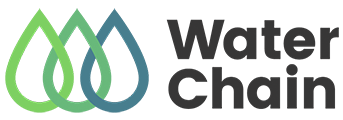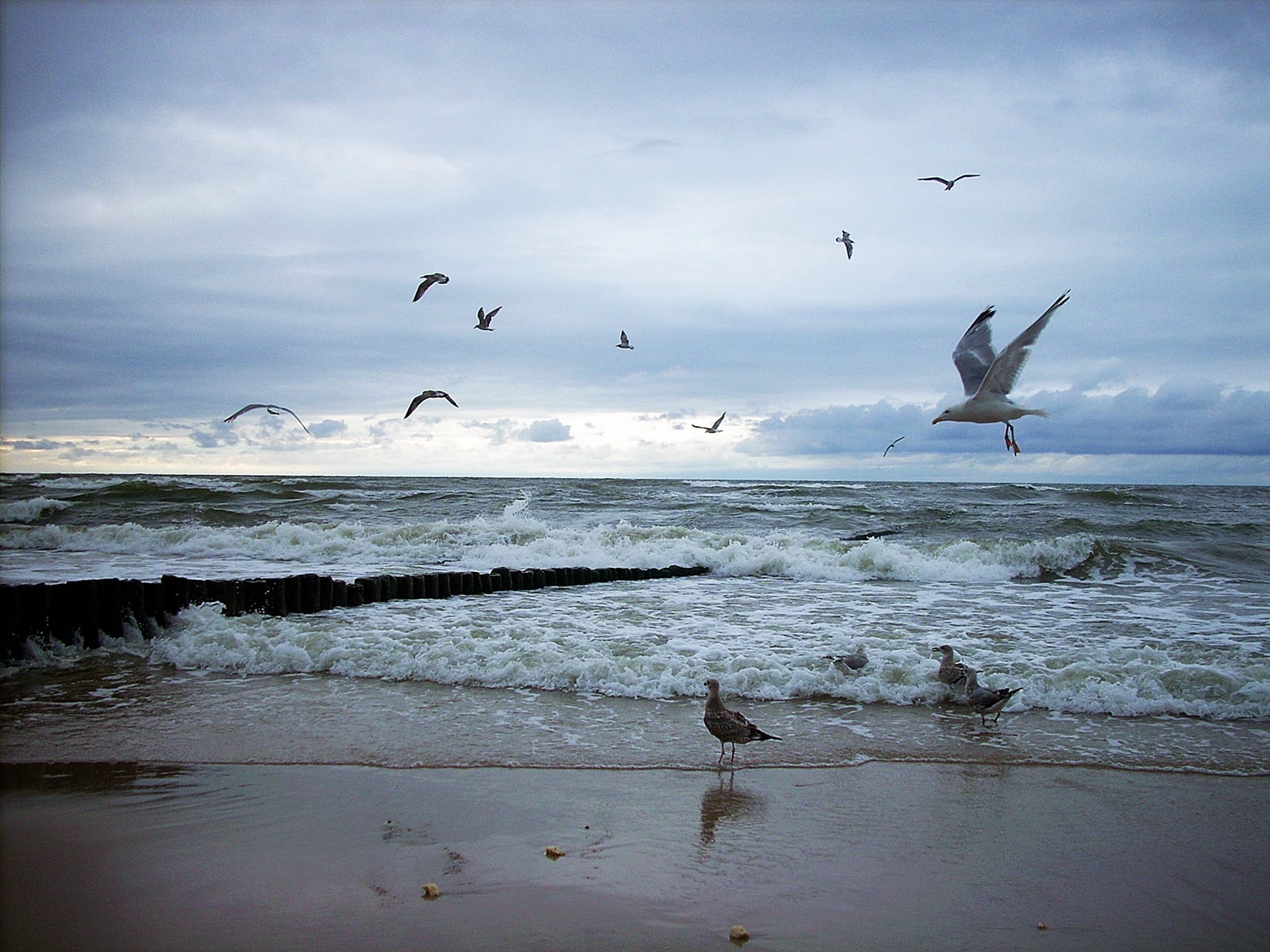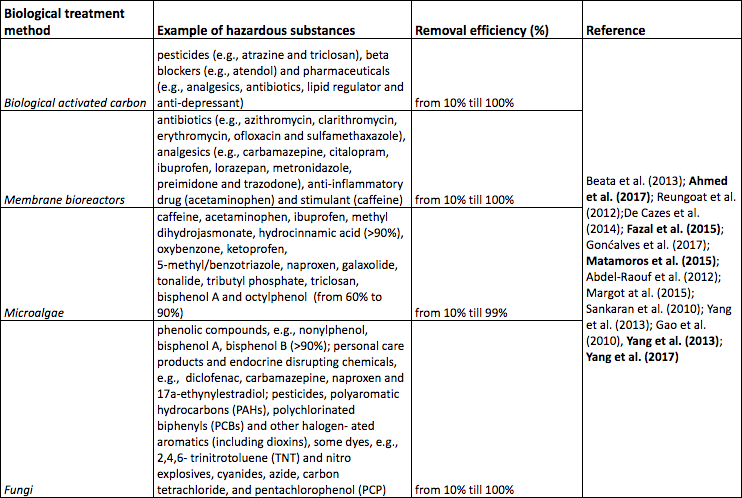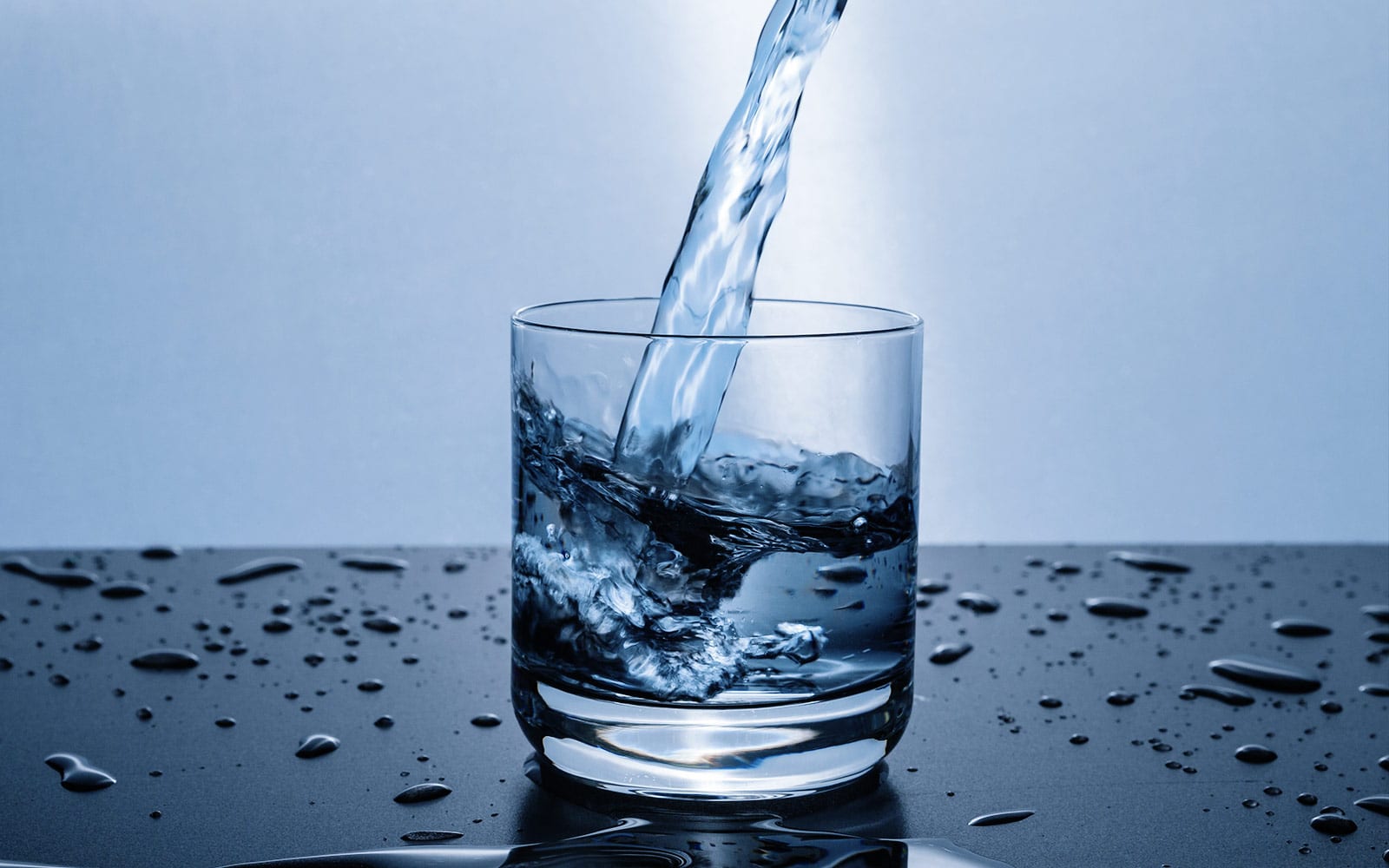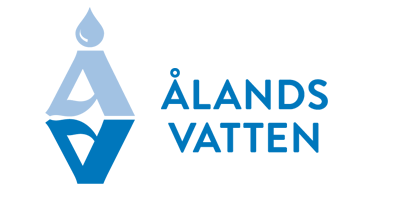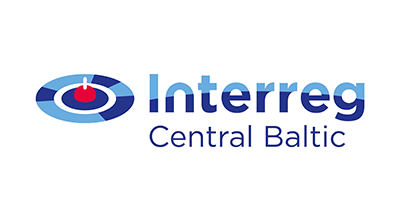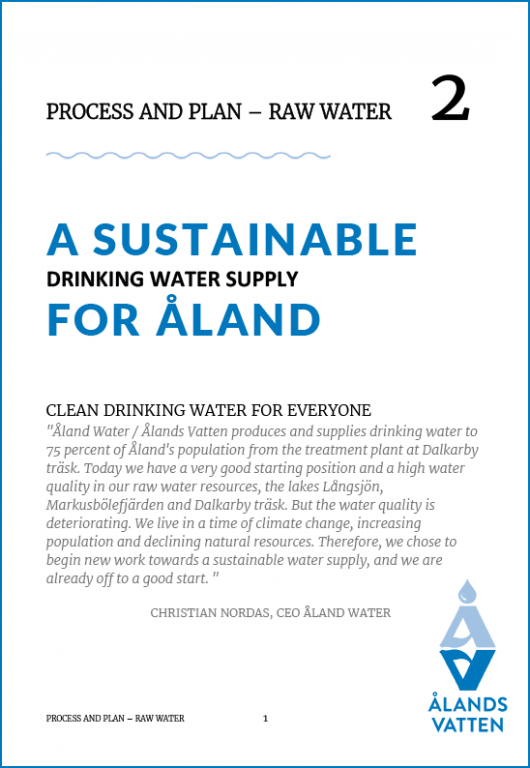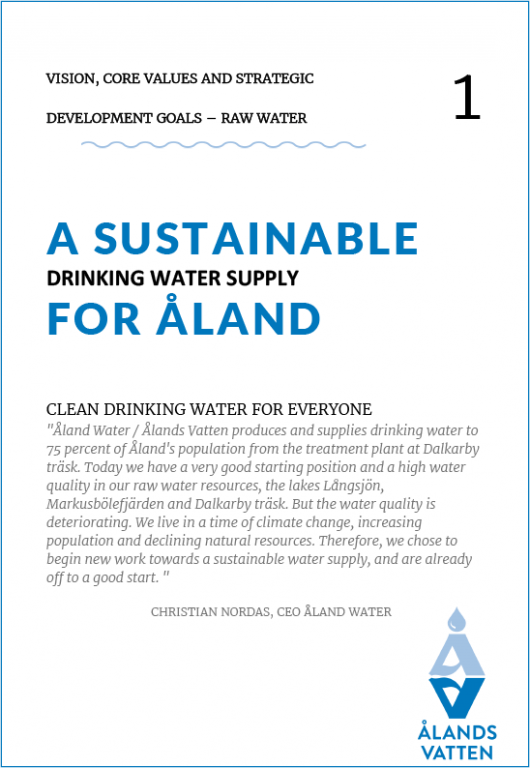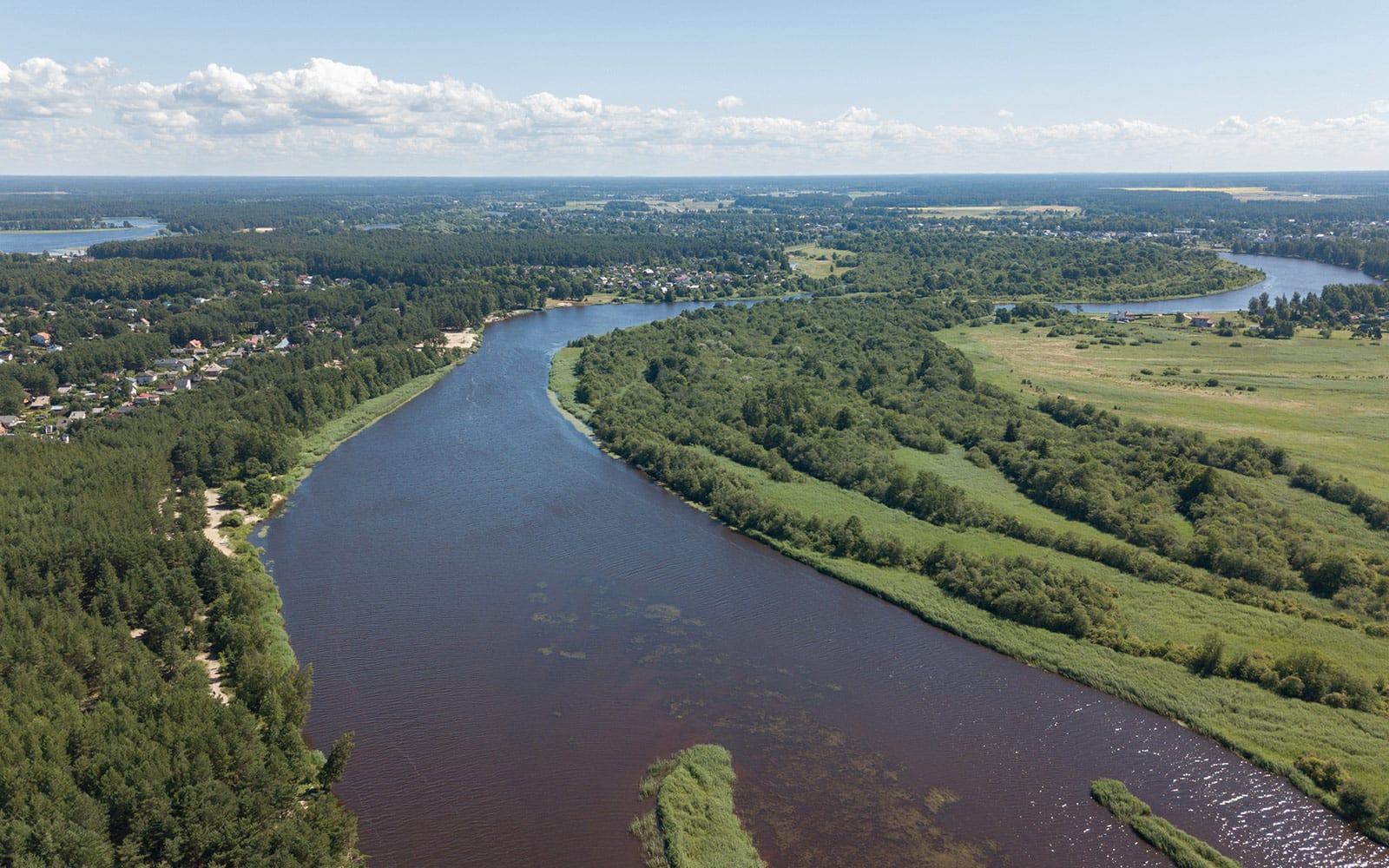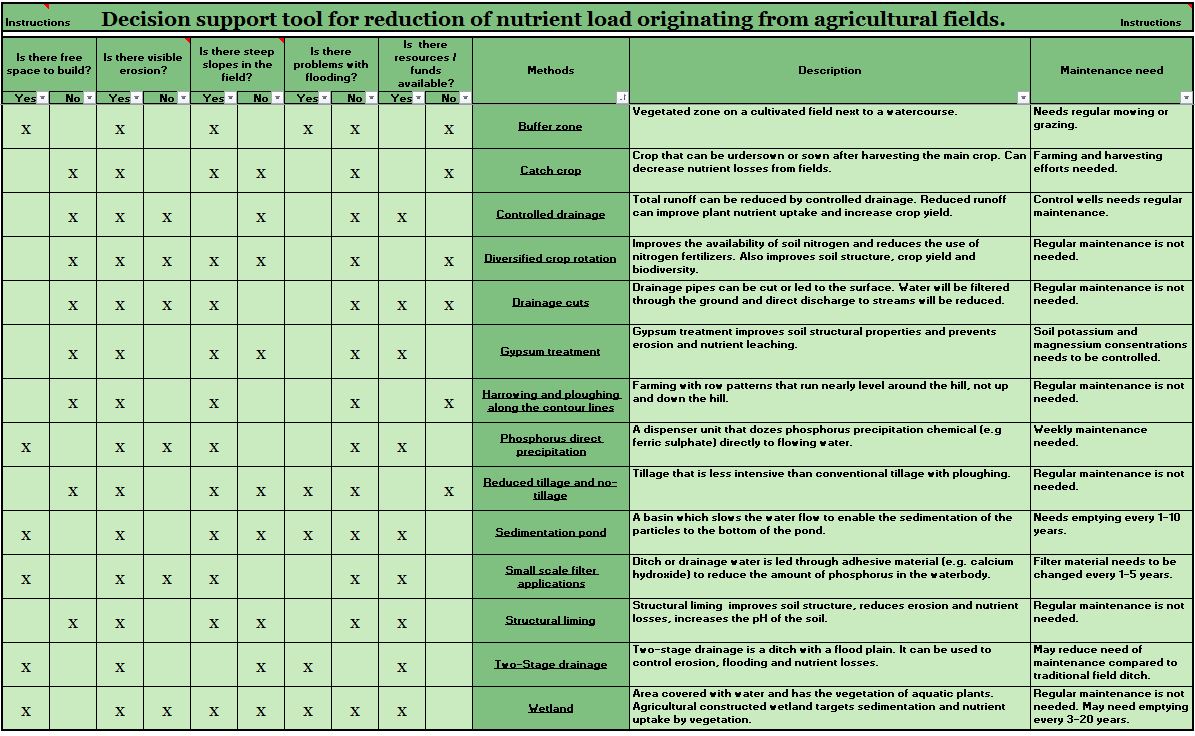Policy makers set the policy framework of an organization, state or even the EU.
The information gathered here may help them to evaluate and decide:
How to use modelling to gain the most out of expensive water quality analysis for decision making?
Modelling of nutrient inflow to the Baltic Sea
The potential of using sophisticated hydrological models to support the decision-making process is pointed out in the graphs below. Also, the effectiveness of different nutrient reduction measures is analysed in graphs. Three different scenarios are presented. The concentrations presented in graphs refers to nitrogen runoff from fields to waterbodies.
The results presented here are based on the hydrological models MACRO and SOILN for MACRO used for water quantity and quality modelling in field scale.
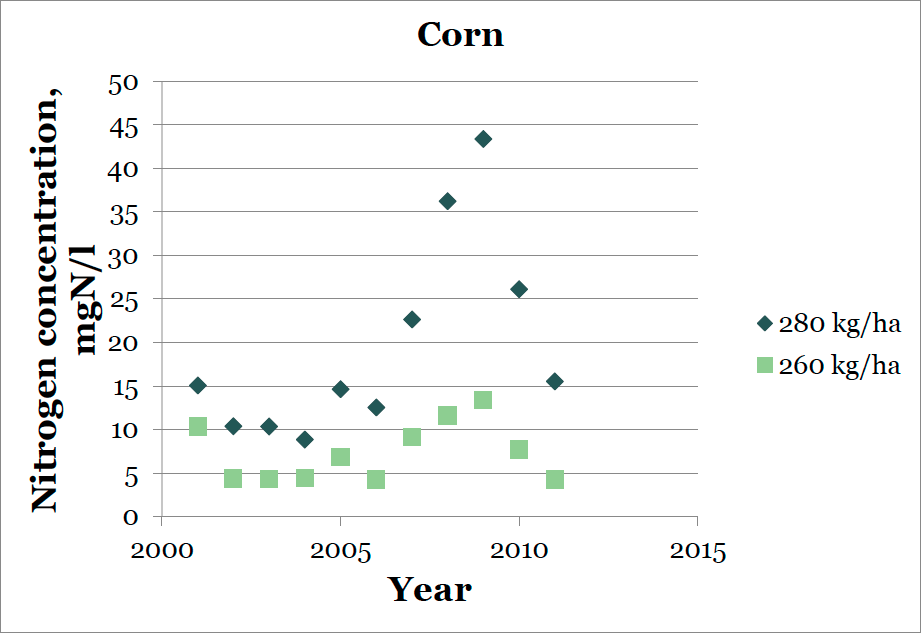
Graph 1 shows the annual average concentrations of nitrogen coming from a corn field with different amount of fertilizer usage (260 or 280 kg/ha). The nitrogen concentrations do not only depend on the fertilizer usage but are strongly affected by the annual precipitation rate. The precipitation rate changes year-by-year so the impact of fertilizer usage to water quality in the surrounding ditches differs quite significantly. This has to be taken into account before implementing some nutrient reduction measures and strategies.
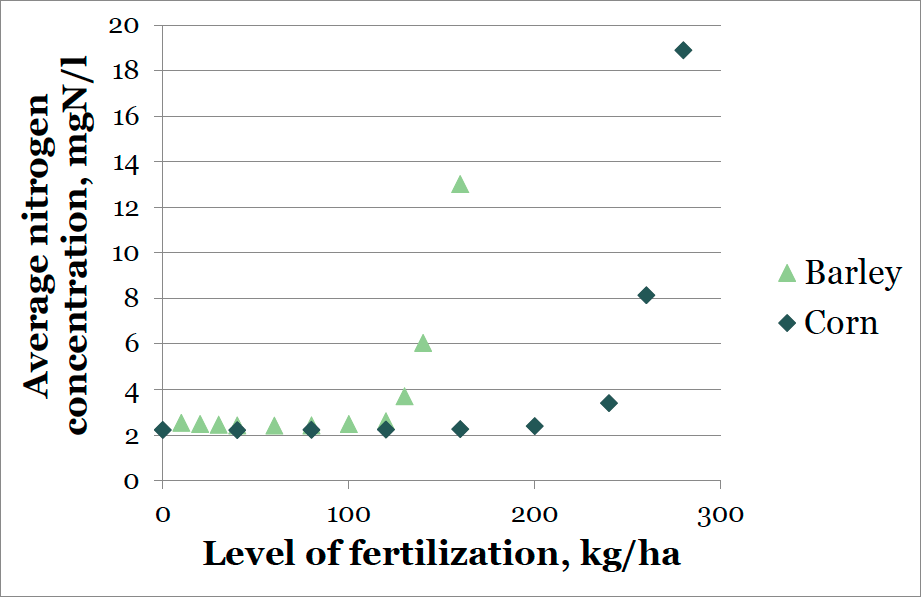
Graph 2 shows the average nitrogen concentrations for a 10-year period for corn and barley at different level of fertilization. Hydrological models can be used to calculate the maximum level of annual fertilizer usage for different crop types to keep the water quality parameters in the surrounding ditches in the acceptable range.
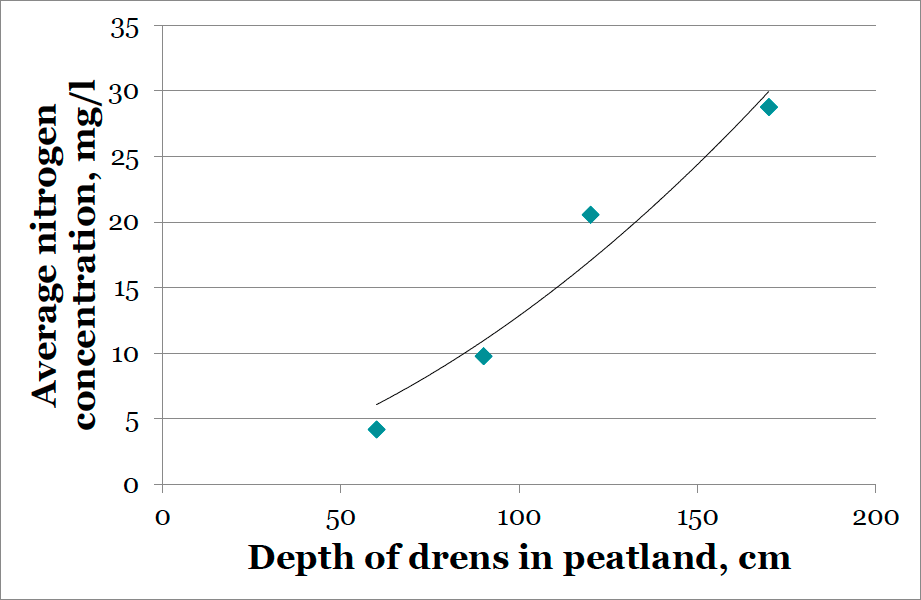
Graph 3 shows the effect of depth of drainage in peatlands to the average nitrogen concentrations over a 10-year period. Modelling can be used to support the decision-making process – we can improve the water quality in drained peatlands if we use shallow ditches for drainage.
Modelling of hazardous substances inflow to the Baltic Sea
Many hazardous substances are still in use in the catchment area of the Baltic Sea. The environmental concentrations of hazardous substances can be calculated by applying multi compartment models, where the catchment area is divided into several smaller areas and boxes. The conditions in a specific area or box are considered to be uniform. A new model was set up for the pilot catchment area of river Fyris in Sweden to give an example but also to form a part in a larger model of the Baltic Sea (Björlenius et al., 2018). Input data were land area, land use, soil type, specific runoff coefficients, flows and concentrations of model substance in effluent from wastewater treatment plants (WWTPs) and on-site sewage facilities (OSSF) and net precipitation. The main river basin was divided into 867 boxes in series. The model was used to simulate environmental concentrations of several hazardous substances among heavy metals and pharmaceuticals of which results for cadmium (Cd) and carbamazepine (CBZ) are presented below.
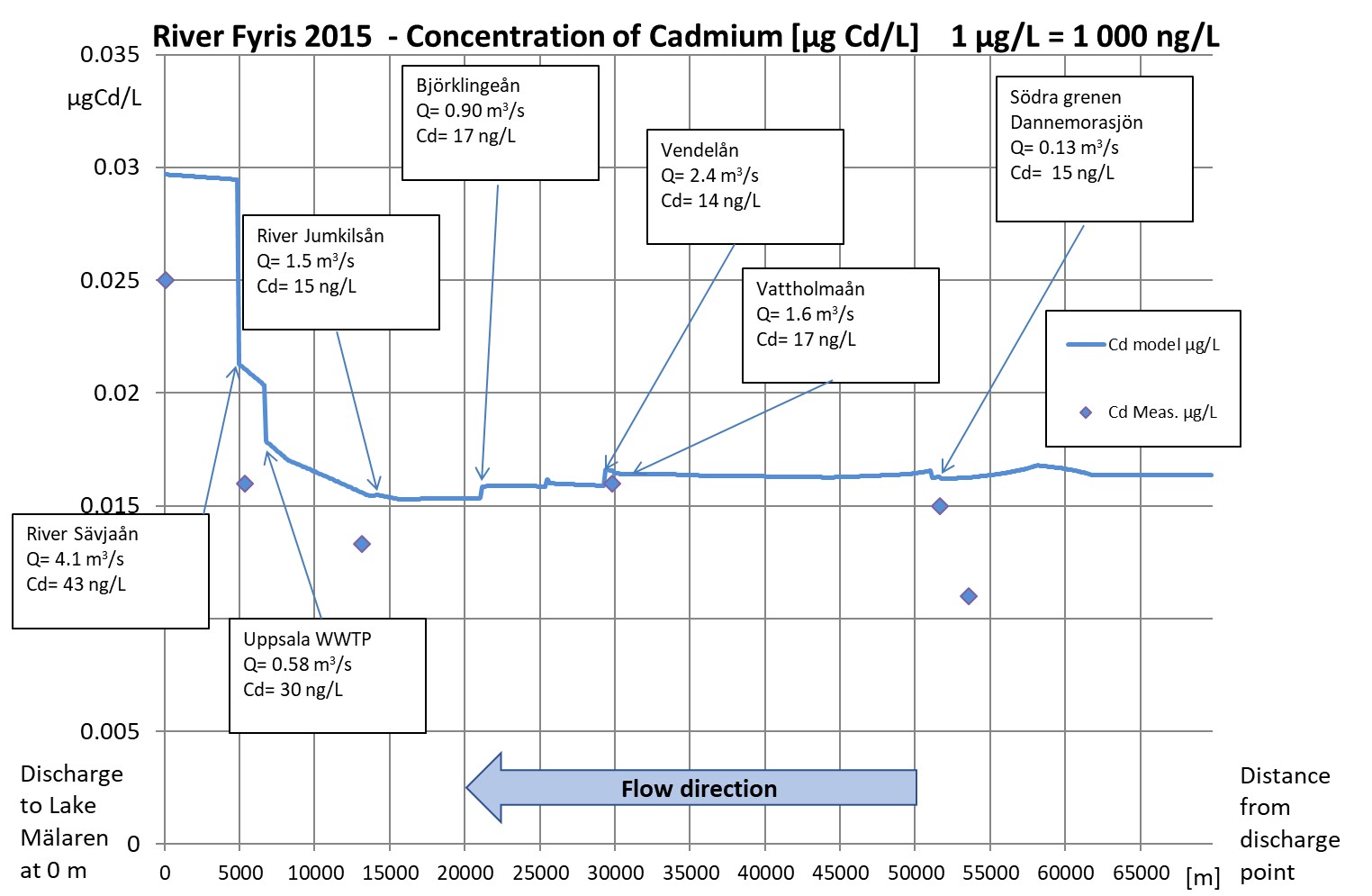
Figure 1. Measured and simulated concentration of cadmium in river Fyris catchment area.
Generally, the concentration of cadmium increases along the river. At tributaries, where branches of the river float together, concentration can increase or decrease depending of the concentrations. The conditions and contribution of river branches are presented in the boxes (Figure 1).
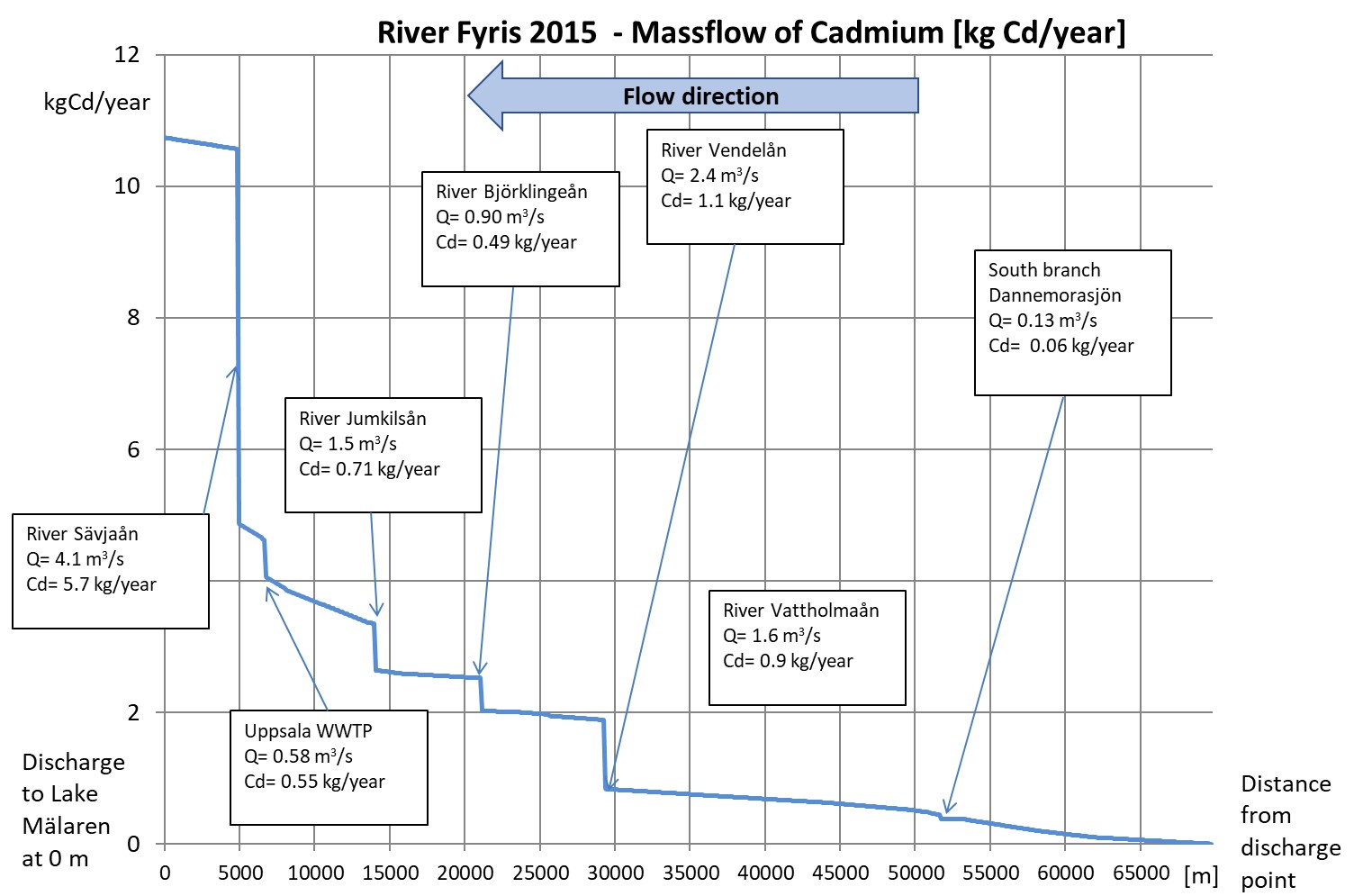
Figure 2. Calculated mass flow of cadmium in river Fyris catchment area.
The mass flow diagram (Figure 2) shows the relative contribution of the mass of cadmium. The WWTP seems to be the only point source of cadmium in the river Fyris catchment area, contributing with 5% of the total mass of cadmium. Another specific area of interest is the urban area of Uppsala which contributes with 11% of the cadmium. Finally, the river Sävjaån contributes with the majority of cadmium, 53%, preliminary due to higher specific runoff from marshy land areas. The results from the simulation have initiated a more detailed sampling and evaluation to track the sources of cadmium in river Sävjaån. This example shows the importance of mapping hazardous substances to facilitate focus among stakeholder measures.
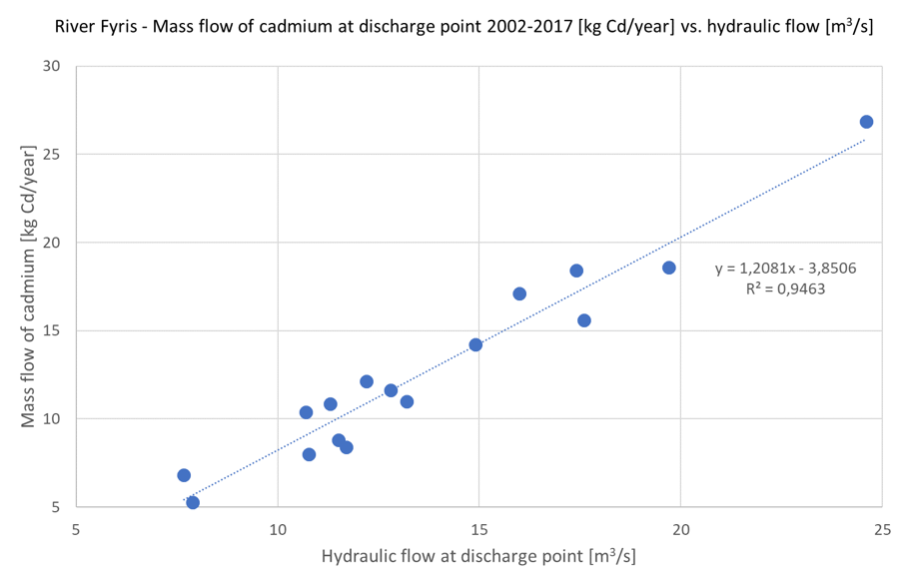
Figure 3. Mass flow of cadmium discharged from river Fyris versus water flow during 2002-2017.
Mass flow of cadmium increases with higher flow. It is not only the higher hydraulic flow that gives the higher mass flow of cadmium, the concentration of cadmium increases as well with a higher hydraulic flow, due to higher losses of cadmium from land areas.
The anti-epileptic drug carbamazepine is abundant in watersheds and lakes and it has been detected even in offshore areas in the Baltic Sea (Björlenius et al., 2018) and carbamazepine is therefore a good candidate in the modelling of environmental concentrations in river catchment areas.
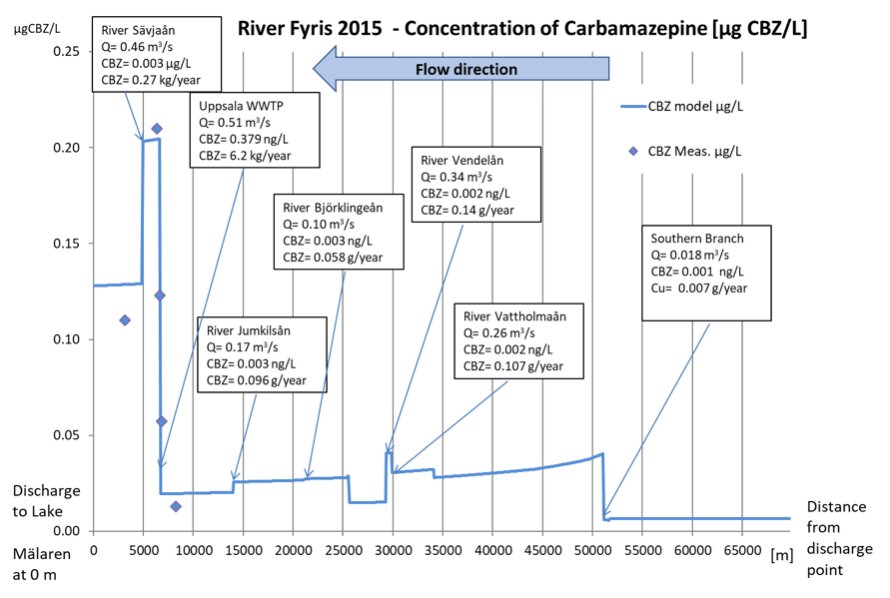
Figure 4. Measured and simulated concentration of carbamazepine in river Fyris catchment area.
Carbamazepine is present in the water along river Fyris. In the upper parts of the river basin, carbamazepine comes from small WWTPs and OSSFs (Figure 4). The major contribution of carbamazepine in the river Fyris catchment area, 88 %, comes from the effluent from Uppsala WWTP. Based on several sampling occasions, the total annual amount of carbamazepine discharged from river Fyris is 22 kg per year, which makes up 0.6 % of the total annual load from all countries around to the Baltic Sea.
Pilot tests in the Waterchain project has shown that carbamazepine can be removed from WWTP effluent by applying ozonation or activated carbon. The removal efficiency exceeded 98% (Beijer et al., 2017).
- Reference:
Beijer, K., Björlenius, B., Shaik, S., Lindberg, R.H., Brunström, B., Brandt, I., 2017. Removal of pharmaceuticals and unspecified contaminants in sewage treatment effluents by activated carbon filtration and ozonation: Evaluation using biomarker responses and chemical analysis. Chemosphere 176, 342–351. https://doi.org/10.1016/j.chemosphere.2017.02.127 - Björlenius, B., Ripszám, M., Haglund, P., Lindberg, R.H., Tysklind, M., Fick, J. (2018). Pharmaceutical residues are widespread in Baltic Sea coastal and offshore waters – Screening for pharmaceuticals and modelling of environmental concentrations of carbamazepine. Sci. Total Environ. 633:1496-1509. https://doi.org/10.1016/j.scitotenv.2018.03.276
Where to start when one wants to imply new regulations for WWTP representatives to include novel treatment technologies?
Waste water treatment technologies to reduce hazardous substances
Hazardous substances include a variety of chemical compounds and characteristics which makes it impossible to apply specific removal methods for each chemical substance. Most of end-of-pipe measures, especially for treating waste water and storm waters can reduce the load of several substances simultaneously – cross-substance effect.
The solution is to find out and implement broad methods that can remove as many substances as possible in the same treatment step. Such general methods are oxidation with ozonation, adsorption with activated carbon and membrane filtration (technology). These treatment steps are normally added as the final treatment step at the wastewater treatment plant.
To find the best available technology for removal of hazardous substances use this table: Removal of Hazardous Substances
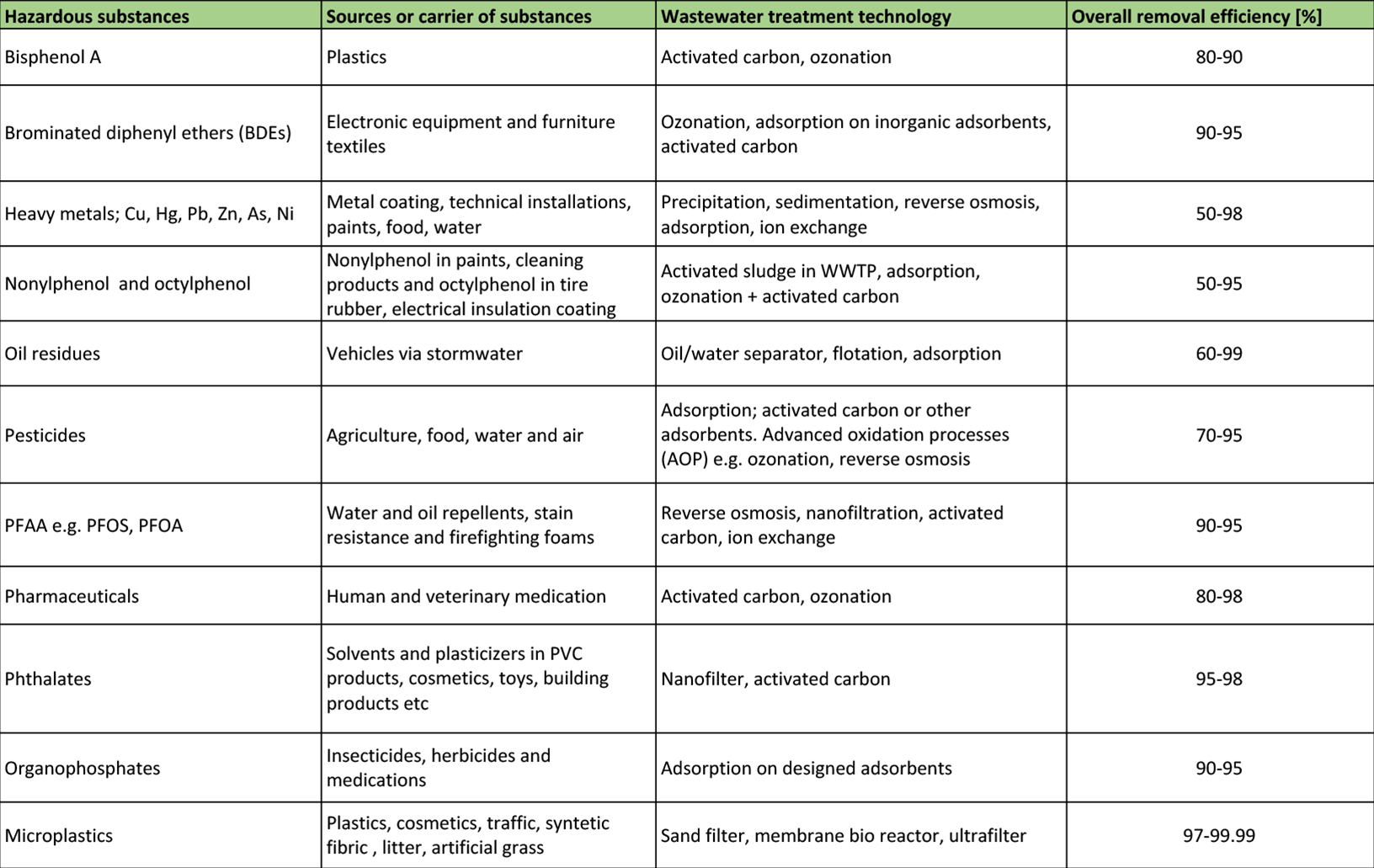
First step: Analyse possible sources of hazardous substances in the watershed.
Second step: Detect the specific hazardous substances pointed out in first step.
Third step: Select treatment technology, taking into acount cross-substance effect and removal efficiency.
Emerging technologies
As conventional wastewater treatment methods are not able to completely degrade and remove all the pollutants, the research of alternative treatment technologies for wastewater treatment represents an actual and advanced topic. At the moment, other approaches such as biological treatment with microalgae, fungi, also use of membrane bioreactors and biological activated carbon, are under investigation.
Despite continuous improvements and developments of these biological methods, key challenges that still need to be overcome to apply these methods for big-scale treatment, are fouling control and economic issues. However, already these biological methods have demonstrated effective removal of a wide range of emerging hazardous substances from wastewater, for instance, pesticides, polyaromatic hydrocarbons (PAHs), antibiotics, personal care products, endocrine disrupting chemicals, offering great potential in wastewater treatment in the coming decades.
Table: Emerging techniques for hazardous substance removal

